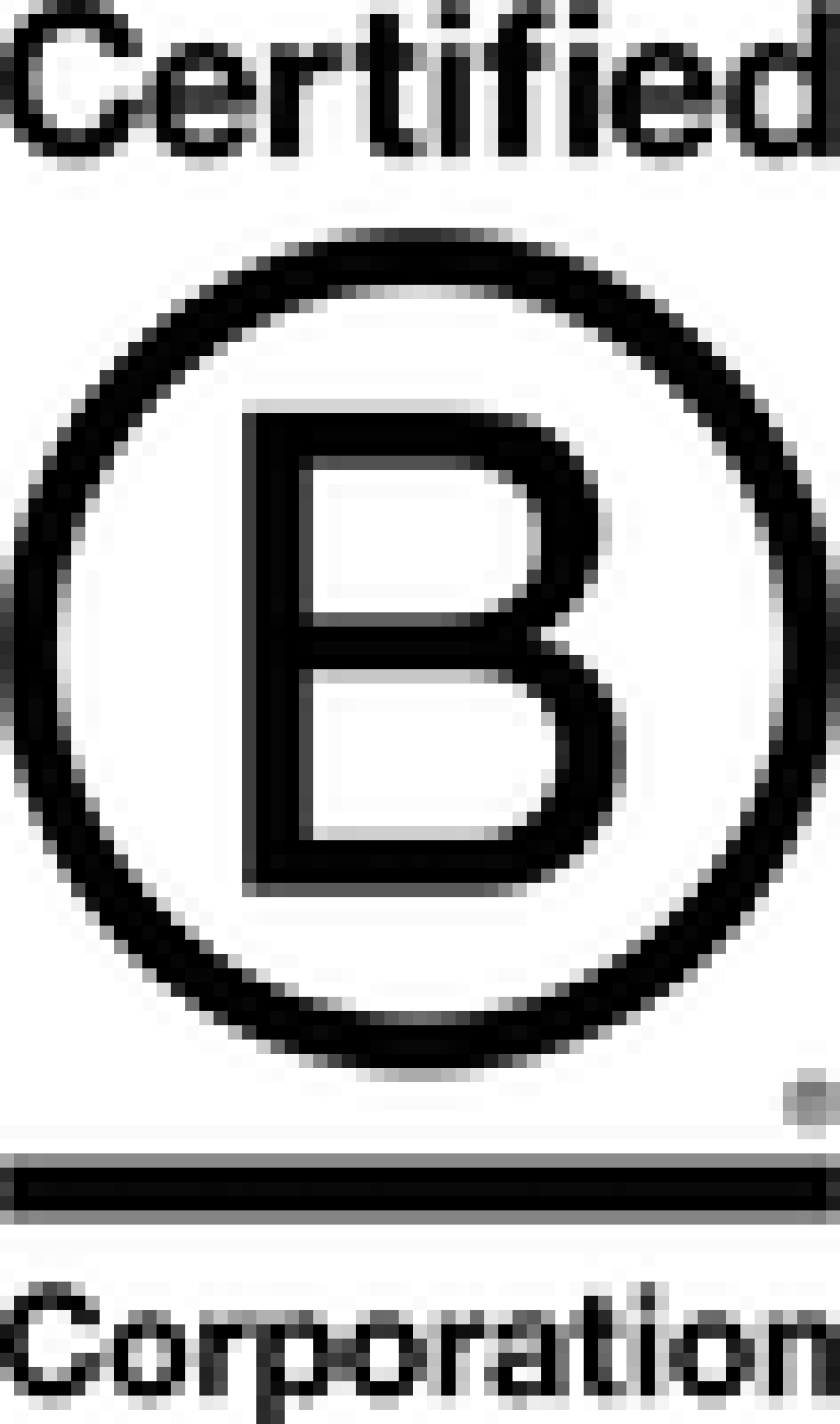Community first. Product Second.
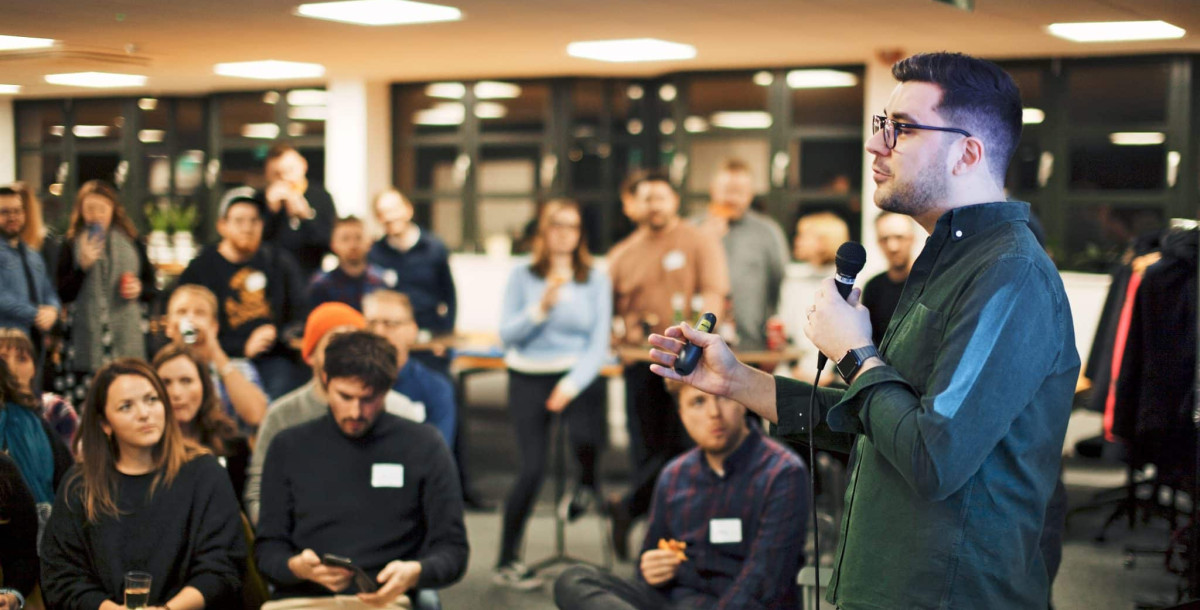
How to build online community ahead of your product
If you have an idea for an application, there are two things you must do before committing to develop it.
1) Check there is a market for your application.
2) Build the community that will use it.
Today, I’m going to dig into the second of these points.
From my experience, failure to build your community before launch means that your product will have a much lower rate of success.
There are a few exceptions, the most prominent being applications for internal processes, for example, a custom CRM system for your team.
Then there are the anomalies; web applications that were so great they went from zero to viral once a few keen people had tried and tested the product.
But generally, if you don’t have your community, you don’t have an audience. And if you don’t have an audience, nobody will use your product.
Why do I need a community BEFORE building my application?
There are over two million applications on the Apple App Store, so it’s important to cut through the noise. Chances are, people are not just going to stumble upon your new app.
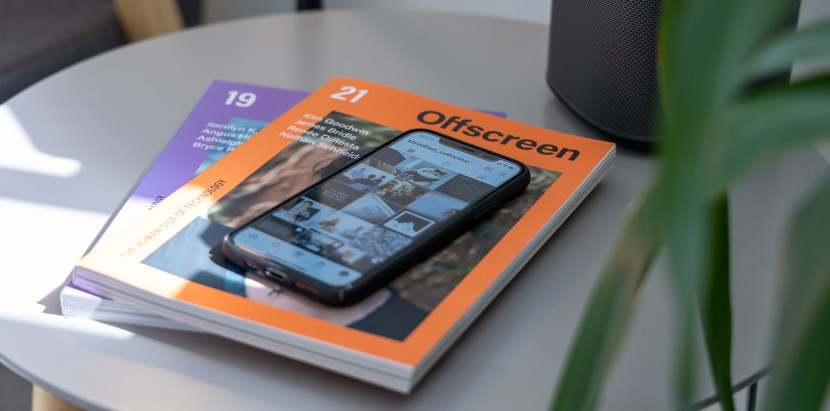
The Infamous Cruffin.
A local bakery opened near our studio in 2020. Word quickly spread about the delicious treats and team of hard-working artisan bakers. If you want to taste-test their offering, you need to be willing to arrive early – cruffins nearly always sell out in no time at all!
How did the cruffins get so popular? Community.
A delicious, drool-worthy product, word-of-mouth recommendations from friends and families, and a strong Instagram following of fans.
New flavour ideas are trialled over social media via Instagram polls, allowing the community to have a say in this month’s offering. This not only builds excitement, but ensures that the flavour idea is tried and tested to be popular; before they even open a bag of flour.
And with a community so strong, word of this week’s flavour is whispered from neighbour to neighbour, all willing to race to the bakery for opening.
“ View this post on Instagram A post shared by 108 The Bakery (@108thebakery) ”
People follow people.
First, build an audience of like-minded people. Get the conversation flowing. Enable people to buy into your brand. Then once you launch your product, you have a pool of people who know you and trust you who you can ask to test out and try your new application.
If they like it, they will tell their friends. And that is where an app’s potential can snowball.
I don’t know about you, but at least a third of the apps on my phone are there because of a recommendation. In commerce, we all know that a friend or family’s recommendation of a product has a much greater impact than a generic advert; it’s the same with software (and cruffins).
Consider what your app costs your user.
This isn’t a comment directed at finance and the monetary cost of your product. With each and every new application a user downloads there is a commitment cost that goes beyond the initial purchase price. More often than not, that cost is time.
How long will it take me to sign up for this application and to learn how to use it?
That’s why more so than ever a recommendation to your application is the strongest form of marketing you can ask for. A recommendation from a friend directly addresses the question every user is asking – ‘Is it worth the commitment?’
People who are emotionally invested in your application and the community you have built around it, are more likely to encourage others to try it too.
Rather than allocating a budget to marketing, allocate a budget to building a community. Spend your resources equipping your first 100 fans with everything they need to shout about you.
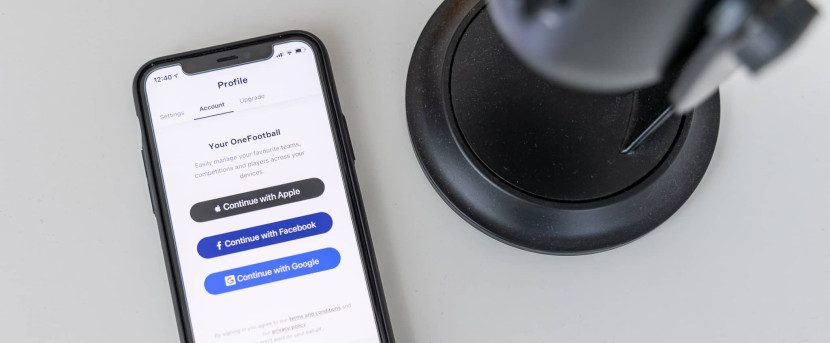
How do I go about building a community?
Let’s start by saying this; your audience doesn’t have to be big. Think quality over quantity. I’m not suggesting you grow your social following to 100,000s before launching, I’m suggesting you build a strong relationship with 100+ people who are cheering you and your product on.
1) Stop building in secret
Tell people what you are building. Talk about your plans. Go along to social interest groups, get involved in conversations on social media and start asking people for their input.
Writing content is a great way to get started. If you are better in front of a camera rather than behind a keyboard, create short videos letting people know your plans.
People love seeing behind the curtain, welcome them round for a backstage tour.
2) Build engagement
Ensure you have social media accounts that are public and ready for people to follow.
Many people use an email marketing platform, such as MailChimp, to create regular update emails.
Ensure you regularly update your audience and create spaces to get to know them personally. A founder Q&A would be a fantastic and easy way to engage with your community with minimal time required beforehand.
3) Give them value
Other than the application, what value can you create for your community? Are you able to create some how-to guides or downloadable sheets that will have a meaningful impact on them?
Send out some happy mail. Physical media goes a long way when it comes to keeping people interested and committed to your brand. If you are building a platform to teach people to draw, could you send your community a high-quality, branded drawing pencil? Small droplets of value all help to build a committed fan so get creative!
4) Let them in first
Welcoming the audience who have followed you from the start to try and test your application first is a fantastic way to strengthen the connection and gain insightful feedback.
Brewdog founder James Watt shared this at TedX Glasgow:
“People don’t want to just buy something. They want to believe in something. People want to buy from an organisation where their missions, values and beliefs align with their own.”
Don’t be afraid to set your sights on a small sector of the market, rather than trying to appeal to everyone. Especially at this stage, you’re more likely to have a strong and engaged community if you talk and walk your values.
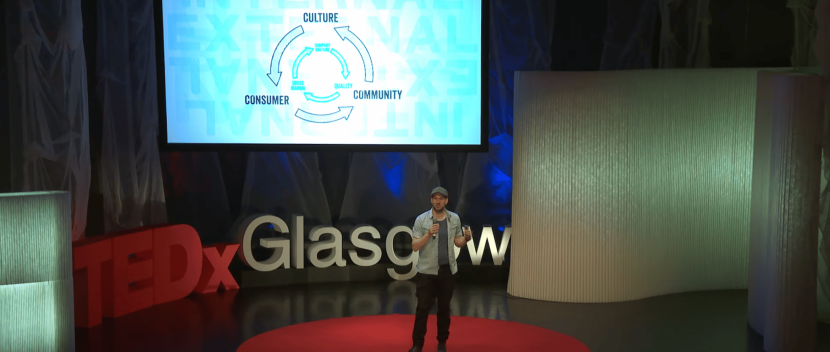
The Value Bank
You have to deposit value before you can withdraw it.
Think of your relationship with your community as a bank, and at some point, you are going to want to make a ‘withdrawal’. That withdrawal could be asking them to download or share your application.
Before you ask someone to do something that benefits you, you need to deposit value; something that benefits them.
The companies I see do this well often deliver small but regular chunks of value to their community through education.
Let’s go back to the drawing platform analogy; if your goal is onboarding aspiring artists onto your platform, you should first deliver similar educational content for free through social media and email marketing. This demonstrates your expertise and builds credit within your community, which then means a few months down the line once you’re ready to launch – you can welcome them in warm.
When looking to create and launch a new application, grow your community first.
Let them in behind the scenes. Build up trust and start creating value for your audience.
Your biggest fans can quickly become your strongest marketing asset – and often they can outperform the likes of any paid ad.
If you’d like to find out more about what it takes to launch, grow or maintain a digital product, we would love to hear from you.
More Articles

How do you enter a market when your competitors spends $4.3 Billion on advertising?
How can a new UK athletics brand break into the shoe market when their competitors are so dominant?
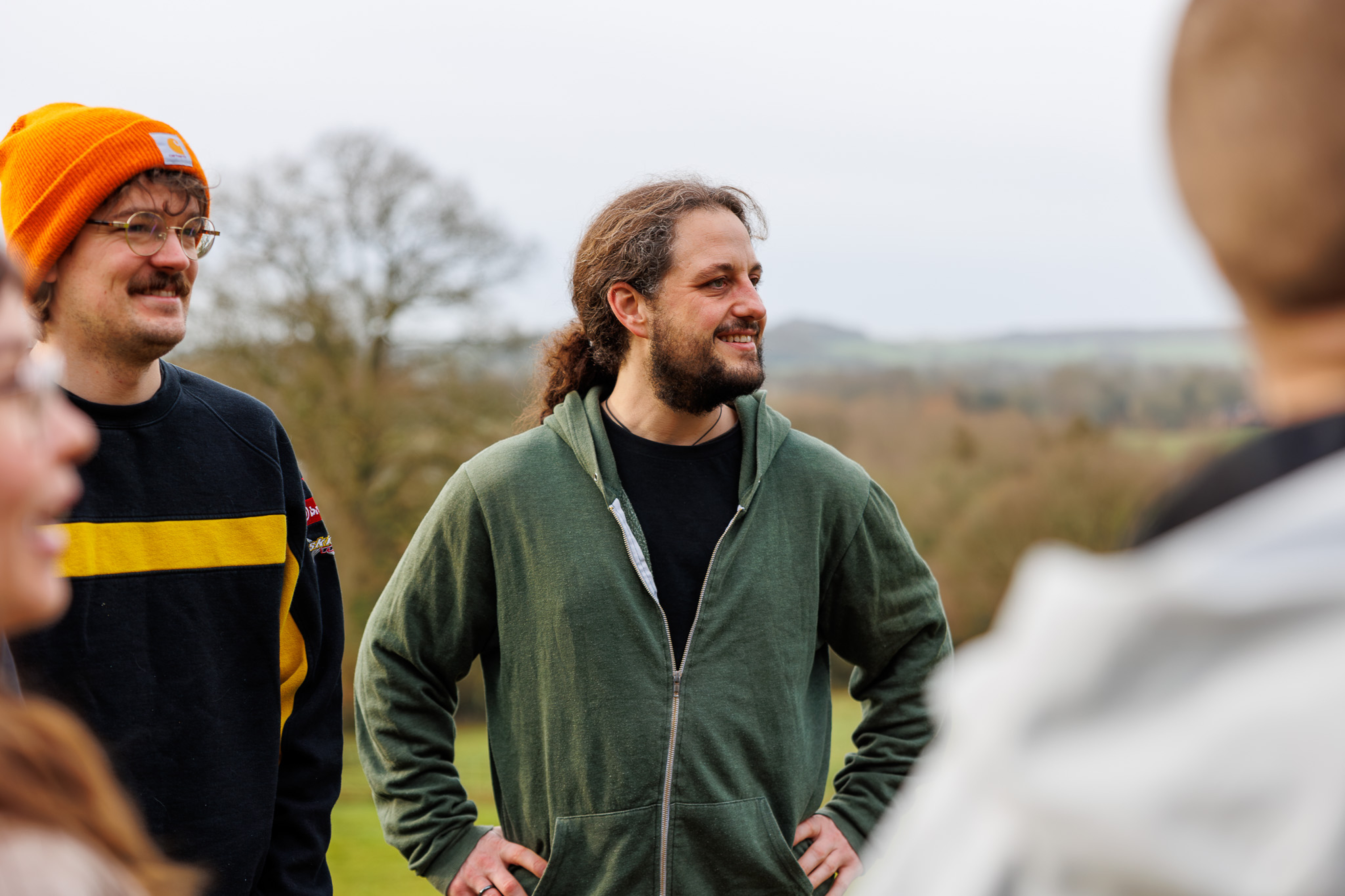
How to Build a Community That People Actually Want to Join
If you want people to engage genuinely, they need to feel a connection, not just to you, but to a bigger purpose.
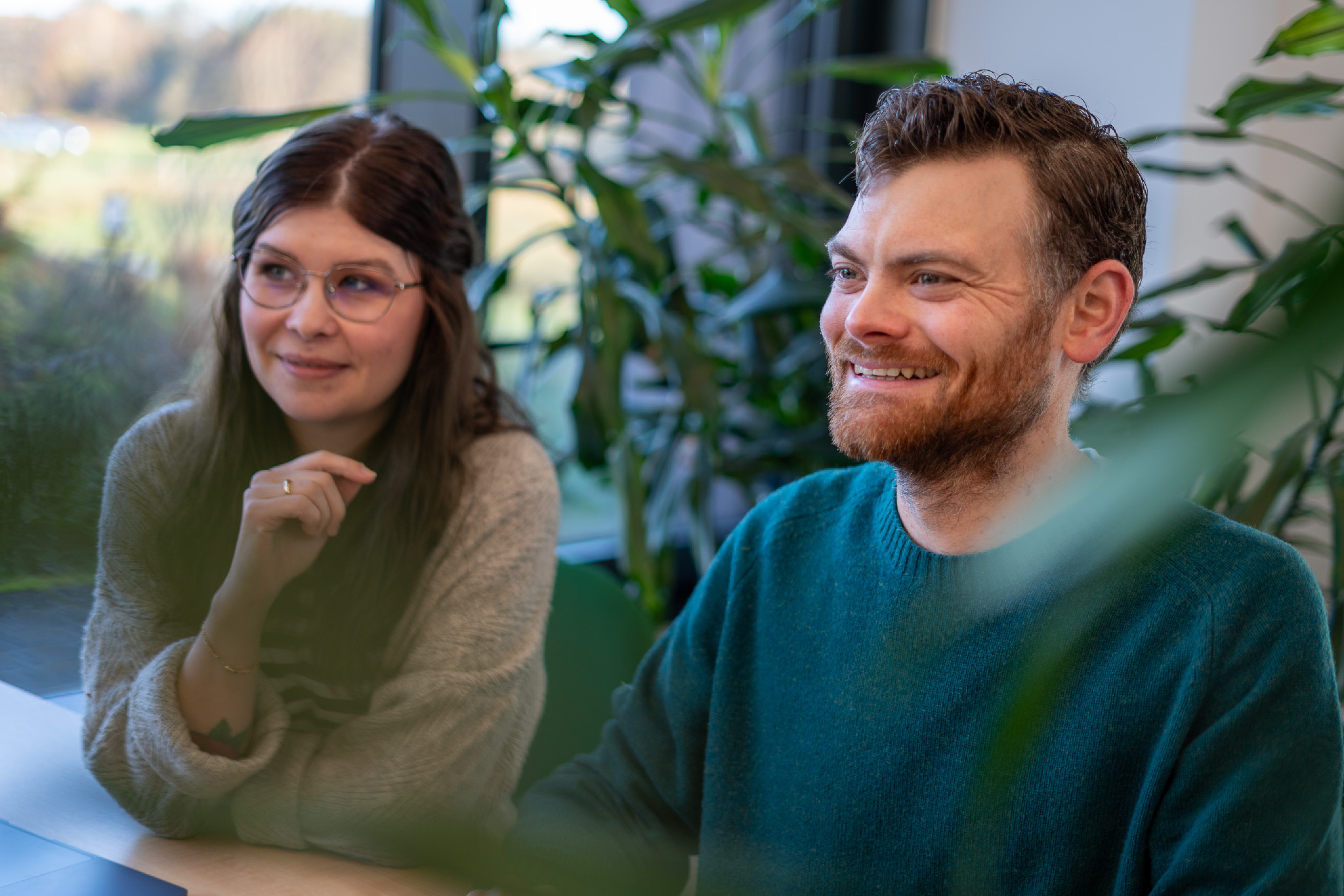
Could payment be the key to member commitment in your community?
Building an online community comes with a lot of decisions—one of the biggest being whether your community should be free or paid.
